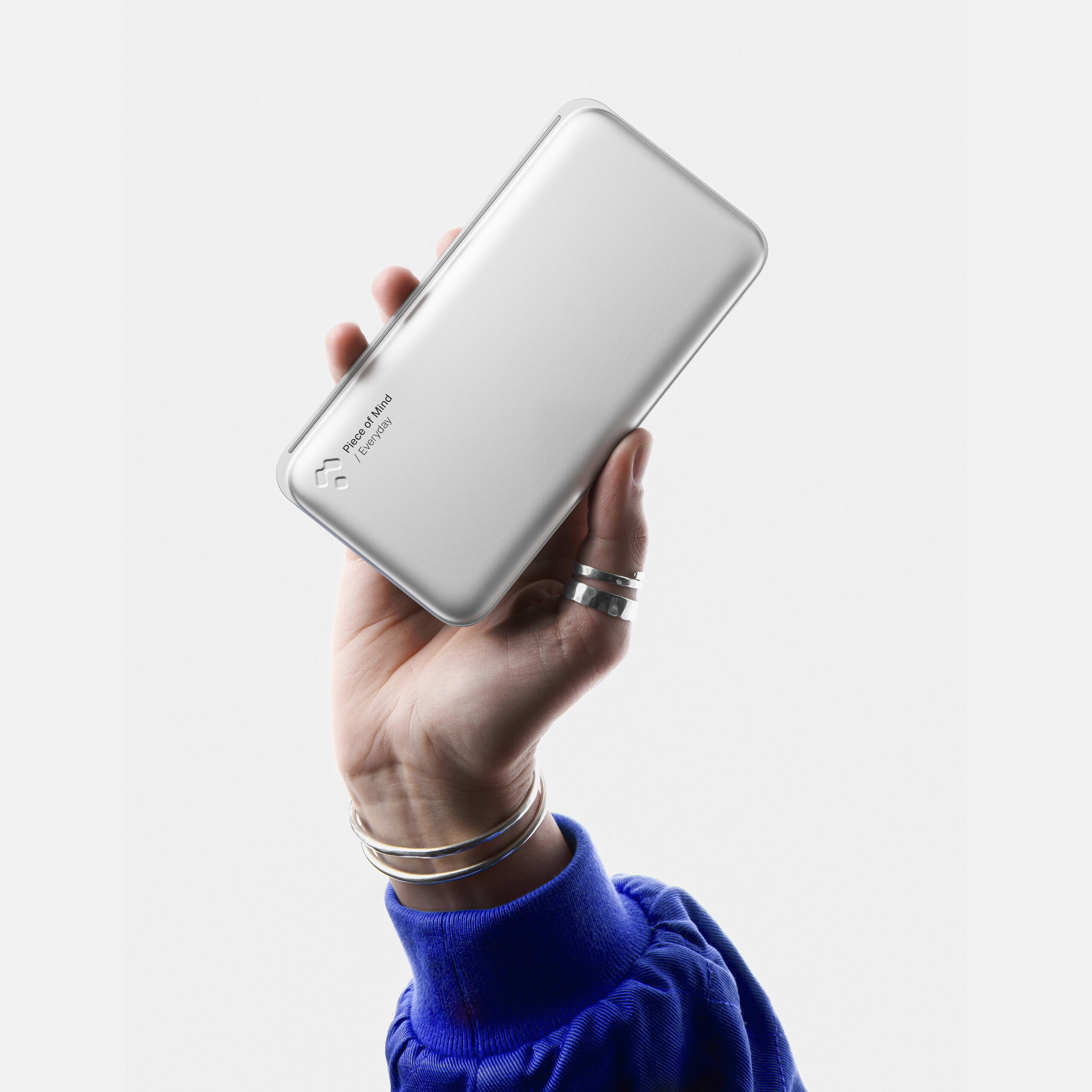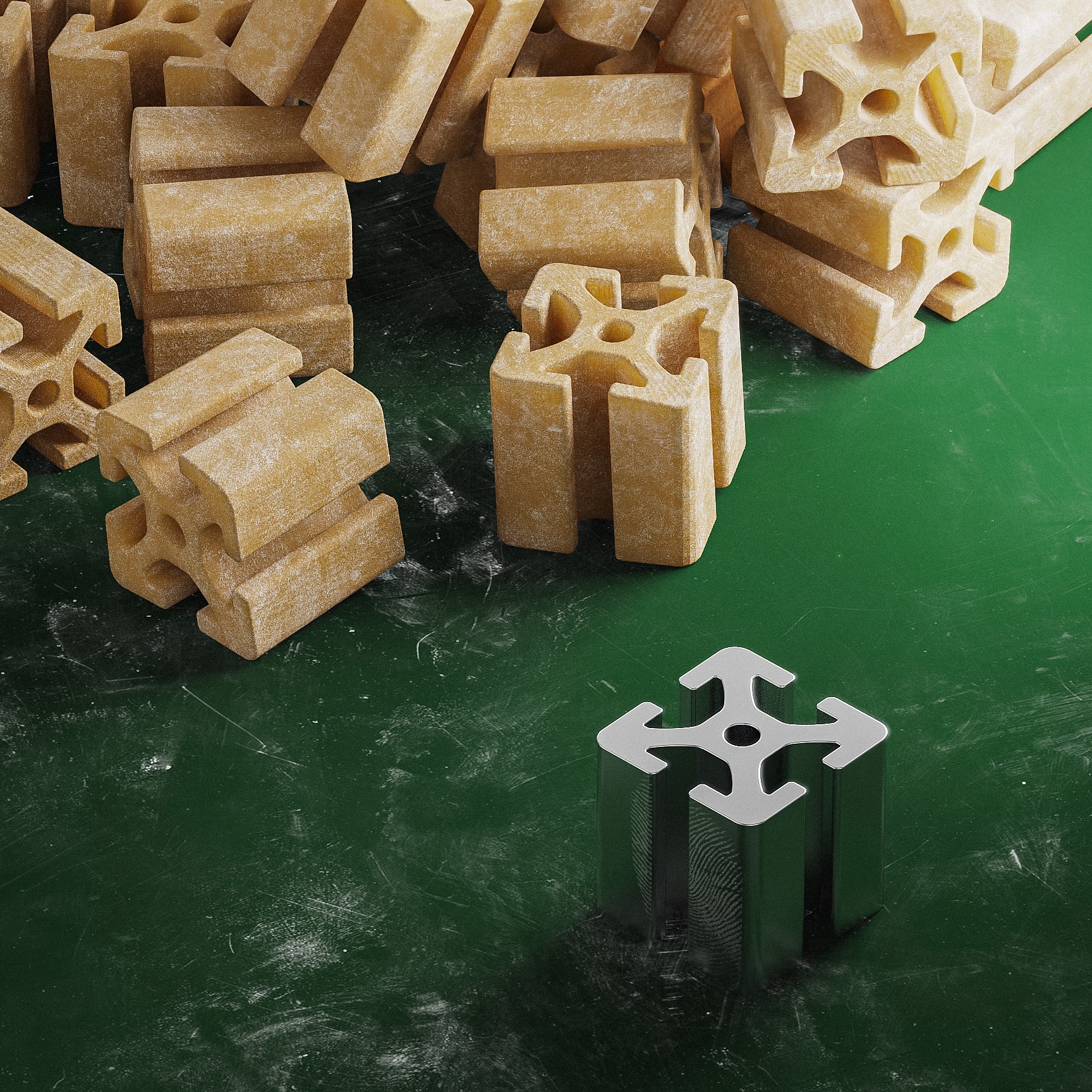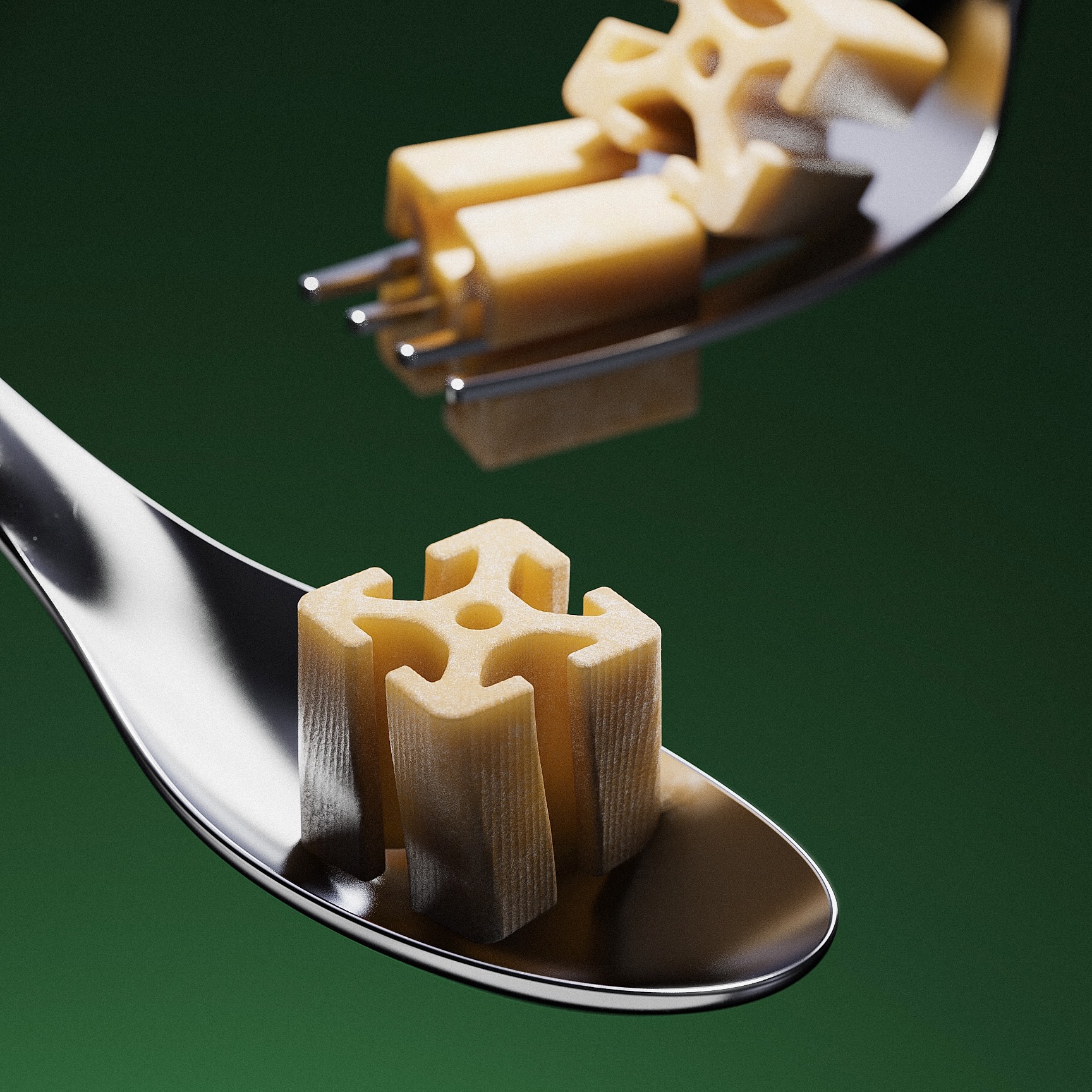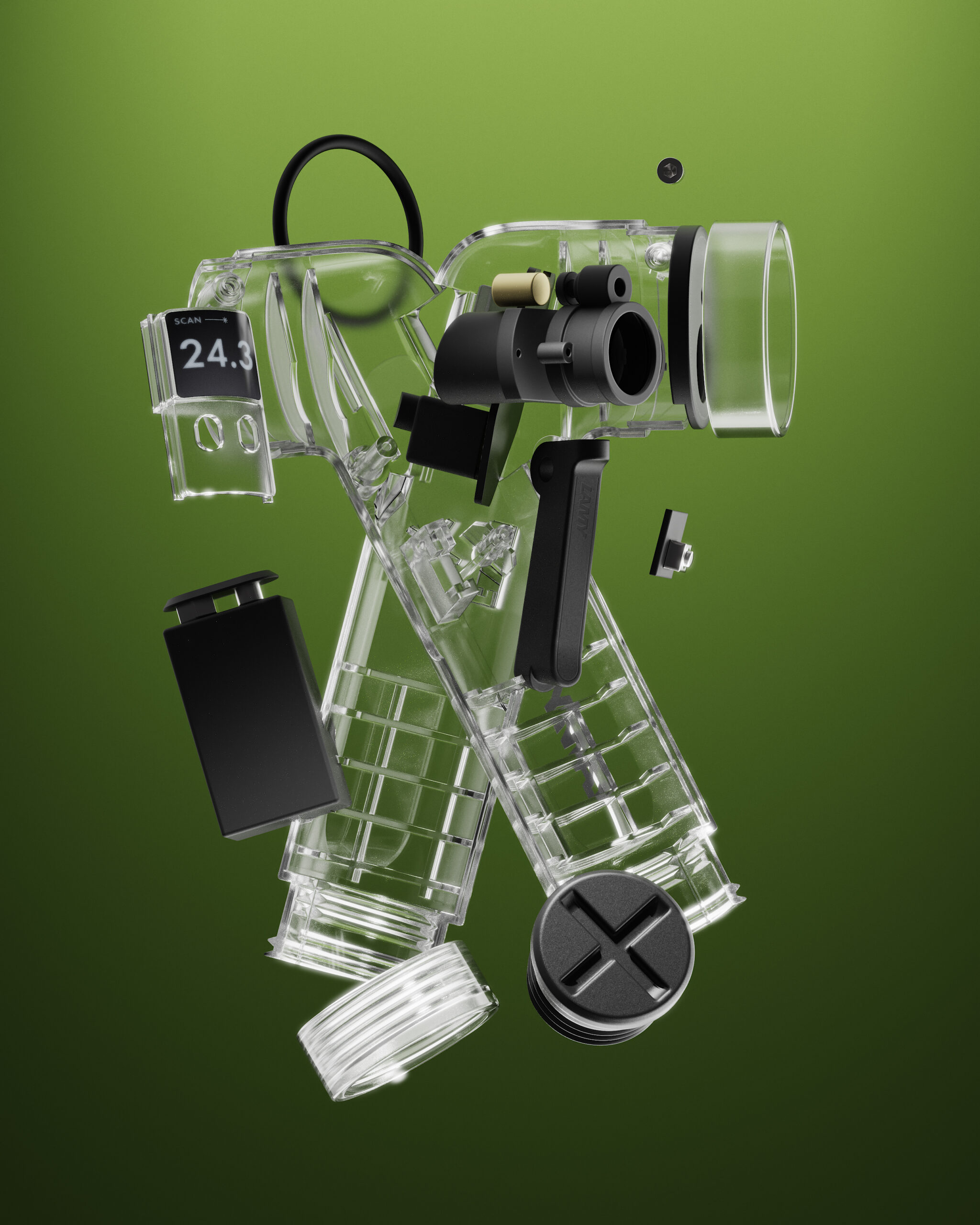Intro
Hi, I am Silvester, an industrial designer from Austria. The last three years I’ve spent working and studying in Stockholm and northern Sweden. I have met so many talented designers and creators who were kind enough to share their knowledge with me. I’m fascinated by any product that makes people want to use it – for me that’s well-crafted cameras. My love for product and landscape photography is also what kick-started my interest in rendering; it is like photography, but with so many more variables to influence.
You can learn more about me at my website.


What sparked your interest in design?
I have a background in game design, which was my specialization in high school. I really liked the tools, but always wished there was a physical outcome. So I looked for a job with similar tools, but with an end result that I could hold in my hands, which is how I discovered industrial design.
My love for product and landscape photography is what kick-started my interest in rendering; it is like photography, but with so many more variables to influence.
What are some of your favorite projects?
That’s hard, there are so many! My most recent project comes to mind: A device to help chronically ill patients take/track their medication, as many patients have troubles taking their medications as prescribed.
I am also proud of: NWTN (Newton), which is a tool to replace vehicle scales, developed to be extra light and portable all together with the Swedish traffic police; a shipping container tracking and safety device together with FLIR, a company specializing in thermal cameras; my bachelor thesis, a tent for youth camping; and a pasta shape for the renderweekly challenge on Instagram, that now might go into production (more about that hopefully soon!).


Where in your process do you use KeyShot Studio?
Honestly the longer I use KeyShot, the more it sneaks into every part of my design process. My last two projects were really dependent on CMF choices, so there I started using it already within the first few days of the ideation phase to get a better feeling of what works and what doesn’t. KeyShot also is useful for creating custom CMF boards when I couldn’t find what I had in mind.


What are your favorite KeyShot Studio tools or features?
That’s hard to narrow down. I really like the native support for so many different CAD files and the bridge plugins to connect and update my model. Then there are many things within the Material Graph, like all the procedural textures; you can make almost any material needed without the need to UV map. Another feature, even though it’s been there since the beginning of KeyShot, is the HDRI editor; you can get super performant and good looking lighting setups super quickly. A newer addition I end up using all the time is the multi-color feature and the randomize feature!



What advice would you give to someone interested doing what you do?





